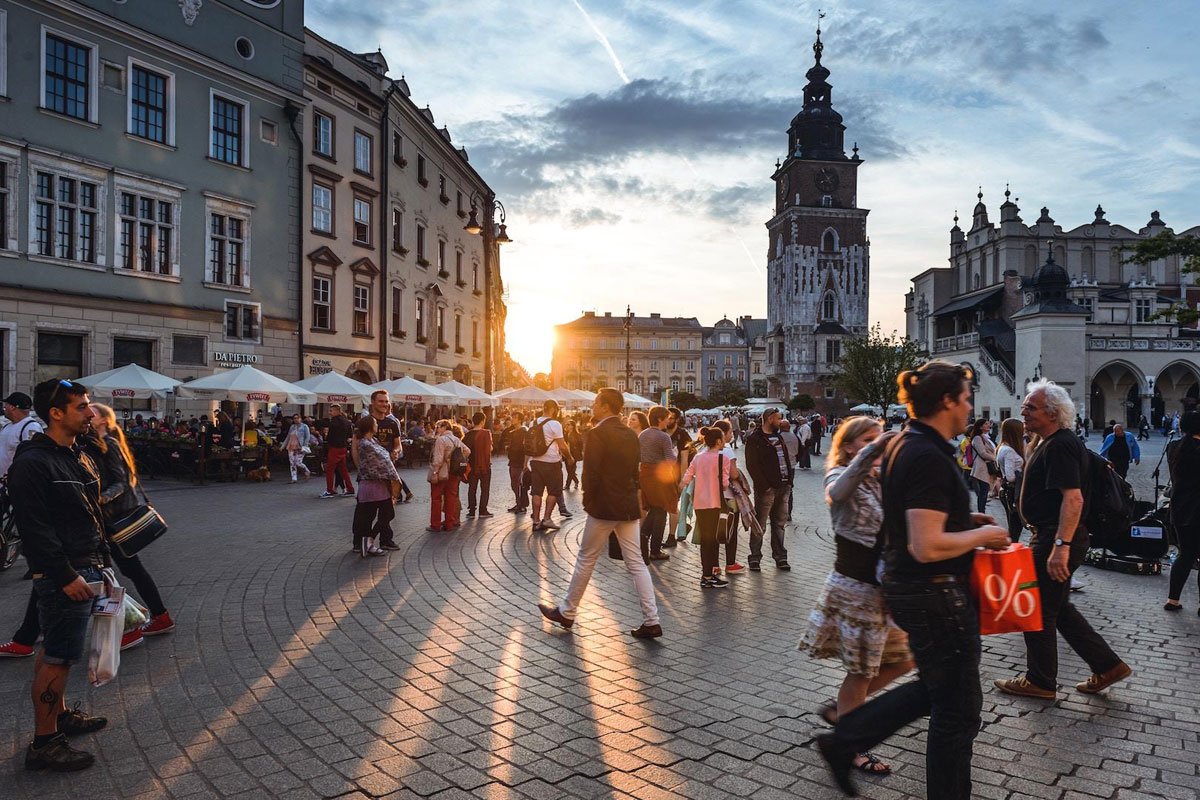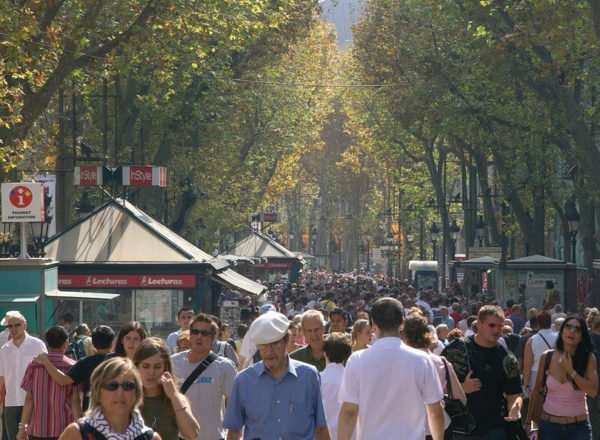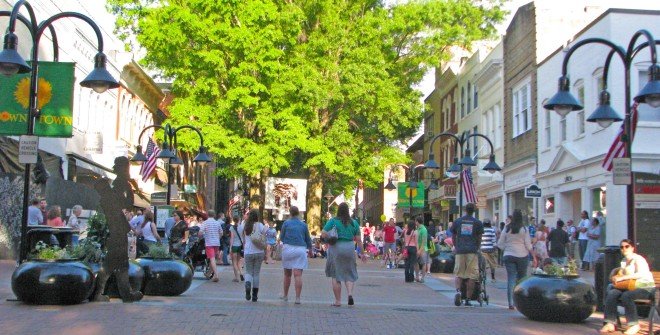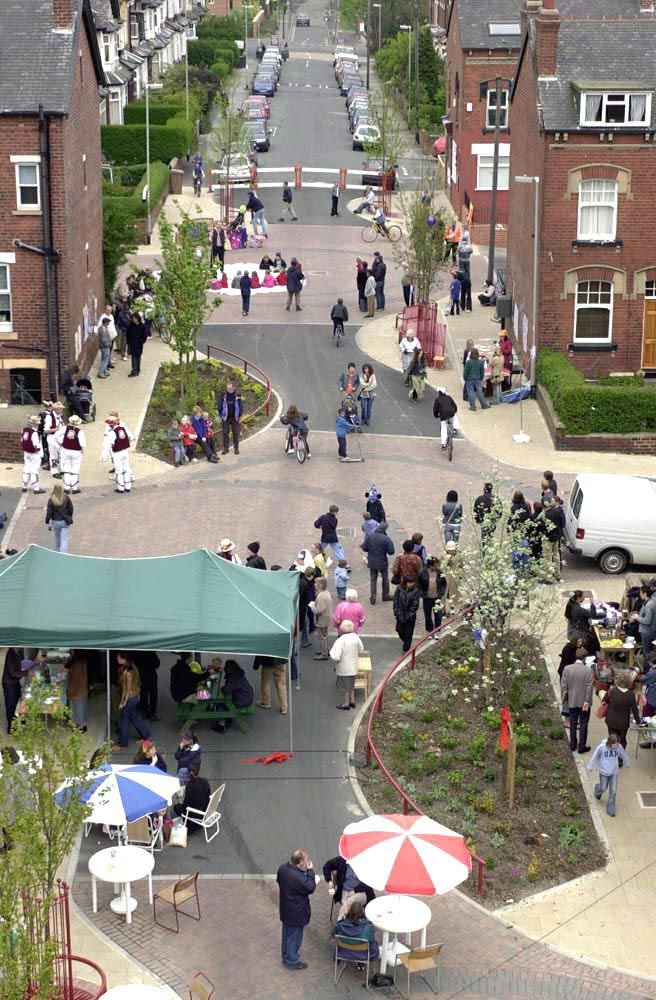
11 Oct The importance of Walkability: Introduction to the Walkonomics App
By Hadi Ghiyaei
It would seem that walkability is a measure of how friendly an area is to walking. According to the Walkable and Livable Communities Institute, walkable communities or cities are defined as: “at the center of the design scale, planners consider persons, not cars. Walkable cities are a livable built environment that leads to whole happy and healthy lives for the people who live in them.”

Also, recent statistics show convincingly that walkable communities can lead to a healthier and happier lifestyle by providing the opportunities for exercise, and more safe and secure public spaces by reducing the number of car crash fatalities and vehicle-related air pollution.

The trend toward walkable communities continue to grow in popularity, with walkable neighbourhoods growing more than twice as fast as the overall market, according to an article from the national association of realtors (NAR), and there are logical reasons behind this popularity. walkable, integrated communities have a lot of benefits in terms of health, environment and finance that people increasingly want for their lifestyle. In other words, walkability has a relationship with health benefits (by providing the active lifestyle), sustainable environment (by decreasing air pollution from less driving), and lead to efficiency in time and cost (residents of mixed-use walkable communities spend less time commuting to the shopping, dining, recreation, entertainment and even work destinations when they have the option of walking wherever they need to go).

In addition, according to Jeff Speck, the elemental factors that make a neighbourhood walkable are:
-
-
- A center: Walkable neighbourhoods have a center, whether it’s the main street or a public space.
- People: Enough people for businesses to flourish and for public transit to run frequently.
- Mixed-income, mixed-use: Affordable housing located near businesses.
- Parks and public space: Plenty of public places to gather and play.
- Pedestrian design: Buildings are close to the street and parking lots are relegated to the back.
- Schools and workplaces: Close enough that most residents can walk from their homes.
- Complete streets: Streets mostly designed for cyclists, pedestrians, and transit.
-

Therefore, it is apparent that the growing demands for walkable neighbourhoods lead to the creation of some new apps that calculate walkability like Walkonomics.
According to the following presentation, Walkonomics is a web platform and mobile app that aims to rate the pedestrian-friendliness of every street in the world. By enabling ordinary people and local communities to add a rating of any street, it is hoped that a realistic walkability score will be created for each street.

We invited Hadi Ghiyaei, one of our Planning volunteers, to write a blog post about the importance of walkability based on the development of a new app and a presentation he did to the 8 80 Cities team. Hadi graduated from Urban and Regional Planning from Teheran Art University. He is a planner and researcher with several years of experience working in urban planning, environmental psychology, women, children an public spaces, revitalization and restoration of historic districts and residential satisfaction.



